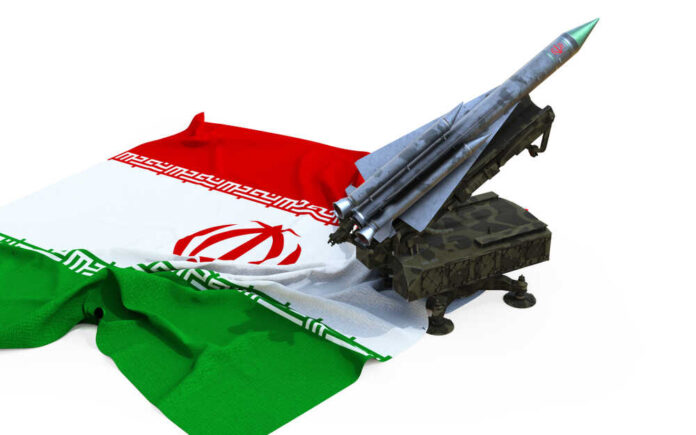
Iran’s Defense Ministry announced at the end of February that the country was prepared to turn its “fifth-generation” stealth aircraft into an unmanned aerial vehicle (UAV).
The Qaher platform, according to Brigadier General Afshin Khajefard, has gained technological maturity.
Although the Iranian Air Force continues to use an updated version of the F-14 Tomcat, its claimed capabilities seem overstated at best. In 2013, the regime unveiled a prototype of the Qaher-313 fighter, its first domestic stealth platform. The Iranian government has stated that the Qaher can carry a 2,000-pound bomb or at least six surface-to-air missiles.
19FortyFive notes that Tehran’s previous defense minister said the platform could fly at low altitudes, carry various Iranian weapons, and have a tiny radar-cross section.
Aviators generally look down on the Qaher as a joke. Iranian state media has released photos and videos of their new flagship fighter. First looks at the footage show a sleek, angular airframe with twin tails, much like the fifth-generation American-made F-22 Raptor and F-35 Lightning II. The plane has fixed canards and air intakes that are too small to power a contemporary jet plane’s engine. Moreover, the nose section is so small that almost no radar equipment could fit. In addition, the lack of a nozzle in the airframe means that the engine’s afterburners will completely melt the fighter.
The Qaher was not a stealth fighter plane of the fifth generation, but Iran may bring it back as the basis for a new unmanned aerial vehicle. Together with its growing ballistic missile program, Iran has significantly increased its unmanned aerial vehicle (UAV) development.
Iran has perfected the production and distribution of low-cost, less sophisticated, but lethal drones to its regional proxy groups for the past decade or two. Recent years have seen Iran supply Russian forces with a wide range of killer drones, including several members of the Shahe family.
Russia’s ongoing military operation in Ukraine has been dominated by drone warfare, giving Iran renewed motivation to become a global leader in unmanned aerial vehicle (UAV) production. If the Qaher drone of the future proves profitable, it will be yet another source of revenue for the Iranian government.













